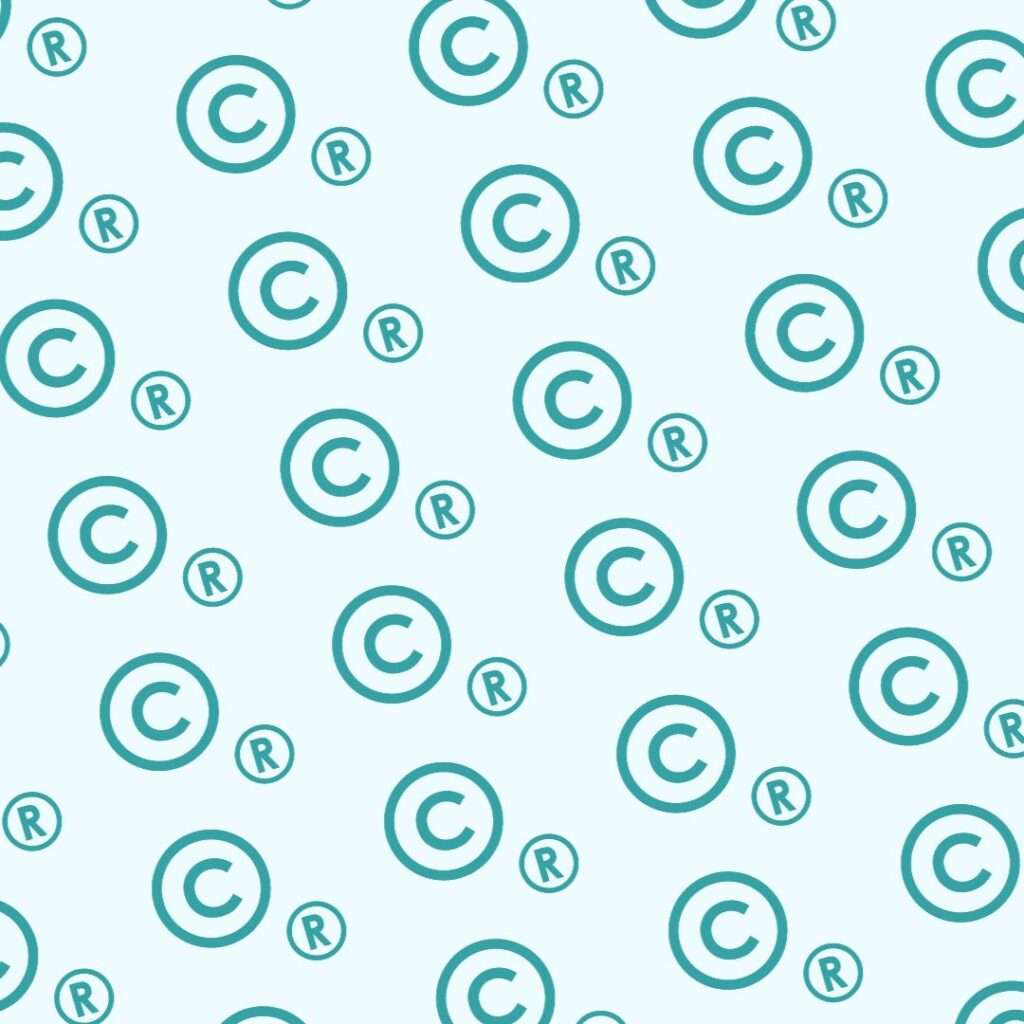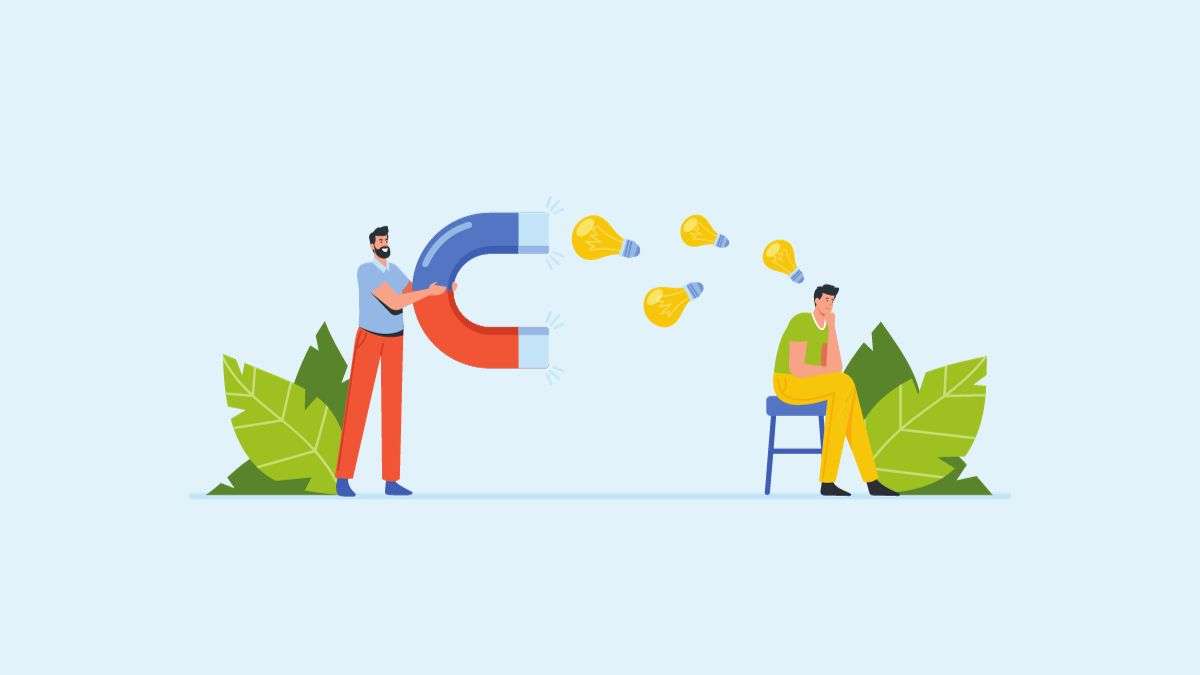Table of Contents
- Introduction
- Unveiling Famous Cases of Plagiarism
- Understanding the Motivations
- Consequences and Fallout
- Navigating Ethical Boundaries
- Conclusion
Introduction
Let’s look at some famous cases of plagiarism. Plagiarism has become an increasingly pressing issue in today’s digital age. With limitless information at our fingertips, the temptation to pass off others’ work as our own can be intense. However, plagiarism has severe ethical and legal consequences across academic, professional, and creative fields.
In academic publishing, plagiarism undermines the fundamental goal of higher education – to stimulate independent, original thought and research. When students copy existing work without proper attribution, they fail to develop critical thinking skills foundational to scholarly pursuit. Plagiarism erodes academic integrity and trust within learning communities.
Likewise, plagiarism in creative contexts dilutes public perception of an artist or writer’s authenticity and skill. When musicians, authors, or other creators fail to acknowledge the sources of their “inspiration,” it constitutes intellectual property theft. Such deception over artistic ownership threatens livelihoods and reputations.
In the following sections, we will unpack famous cases of plagiarism and their repercussions. By understanding high-profile cases across literature, music, and other realms, we can better grasp the gravity of plagiarism and the need for proper attribution. These cautionary tales illuminate why plagiarism merits continued examination and discussion.
Prevalence in the Digital Age
The advent of the internet has exponentially increased plagiarism rates across industries and academia. With a wealth of readily available text and media online, the urge to copy and paste is stronger than ever. Digital content is also more easily duplicated and distributed without consent or attribution.
Some statistics help illustrate the scope of the issue:
- 40% of undergraduate students admit to plagiarizing written assignments
- 14% of graduate dissertations contain plagiarized passages
- Over 50% of school administrators handled a plagiarism incident in the past year
Plagiarism remains a stubborn obstacle to originality and integrity in the Information Age. As technology advances, we must thoughtfully examine emerging gray areas like remix culture and fair use laws. Reviewing famous cases of plagiarism, we gain insight into plagiarism’s evolution and ethical nuances.
Unveiling Famous Cases of Plagiarism
Plagiarism has unfortunately occurred across many creative fields, with several high-profile cases garnering significant attention. In literature, one of the most infamous instances involved historian Stephen Ambrose. He was found to have lifted passages from other sources for several of his bestselling books without proper attribution.
Ambrose faced extensive criticism, and his reputation took a significant hit. Though he claimed unintentional error, many believed he deliberately plagiarized due to pressures to produce popular historical narratives.
Notable Examples in Music and Art
In music, lawsuits concerning sampling and copyright infringement have become commonplace. One landmark case involved pop star Robin Thicke and Pharrell Williams being ordered to pay over $5 million for their hit “Blurred Lines,” which was copied from Marvin Gaye’s “Got to Give It Up.” Though they claimed to be inspired by Gaye’s vibe, the court ruled they crossed ethical lines and owed damages.
The art world has seen its share of appropriation controversies, too. Artist Richard Prince provoked outrage when he took Instagram photos others had shot and blown up, untouched, for his New Portraits exhibition. Despite adding only comments as supposed creative input, he sold the works for huge sums, facing accusations of plagiarism. After legal disputes, appeals courts ultimately allowed his art under fair use, setting a complex precedent.
Academic and Career Impacts
Credibility is crucial in academia, yet plagiarism often occurs unintentionally due to improper citations. However, some instances involve deliberate deceit. Social psychologist Diederik Stapel admitted to rampant data fraud in over 50 papers, having invented findings whole-cloth to boost his prolific publications. He faced criminal charges, and his doctorate was revoked.
Another psychology researcher, Bruno Bettelheim, won acclaim for his work on autism. Posthumously, though, it was revealed that he fabricated critical background details to boost his authority. His reputation cratered, showcasing how vital integrity remains in scholarship.
These cases demonstrate the profound ramifications individuals face when caught plagiarizing within renowned fields, despite the pressures and temptations underlying such unethical choices.
Legal Implications
The legal implications of plagiarism can involve copyright infringement lawsuits seeking damages, as in the “Blurred Lines” case. However, plagiarism is not illegal per se unless it violates copyrights or involves stealing protected expressions. Still, it remains an ethical breach across academics and creative domains, ruining reputations even if not criminally liable.
Standards continue evolving – while some accept artistic appropriation as permissible inspiration, lifting others’ creations wholesale violates ethical boundaries. Nuance remains around homages and influences, but ethical best practices include clear attribution and crediting of sources.
Understanding the Motivations
Plagiarism in high-profile settings often stems from intense pressures to succeed and a lack of ethical grounding. Writers, academics, and public figures operate in competitive environments where original ideas are highly valued for advancement and acclaim. The temptation to pass off others’ work as one’s own can override better judgment.
In literature and entertainment, plagiarism frequently arises from the intense competition to produce innovative content under tight deadlines. The pressure to churn out manuscripts, songs, or scripts pushes some creators to borrow from lesser-known works illegally. Some rationalize that copying goes unnoticed or that a stolen passage will be transformed within their larger creative vision.
In academia, high workloads combined with “publish or perish” policies motivate some scholars to plagiarize parts of papers or falsify research data. The increasing ease of cutting and pasting digital content enables this misconduct.
The prospect of fortune and fame represents an alluring temptation that leads prominent figures to plagiarize. Some plagiarists assume they will never get caught or face penalties, thanks to their stature. Others arrogantly believe that their additions to plagiarized work overshadow improper attribution. Many rationalize that borrowing another’s ideas is an innocuous shortcut.
Of course, plagiarists in renowned positions should recognize their heightened responsibility as public role models. Yet the pressures of income inequality and job insecurity can test principles. Maintaining integrity amidst intense personal and financial pressures requires strong support systems and ethical training.
Psychologically, the “halo effect” gives celebrated figures an aura of trust and competence that enables their plagiarism. Environments with “yes men” afraid to challenge famous personalities also enable misconduct.
Culturally, societies focused on individual fame and overnight success sometimes inadvertently promote cutting corners instead of gradual creation. The concept of copyright itself is also evolving alongside ever-advancing digital technologies.
Ultimately, the motivations behind high-profile plagiarists vary on a case-by-case basis. However, examining their shared rationalizations and situational pressures is critical to promoting awareness and preventing such integrity lapses.
Consequences and Fallout
The aftermath of discovered plagiarism can devastate the careers and reputations of those involved. When famous cases of plagiarism come to light, there is often intense public scrutiny and backlash. The individuals responsible may face professional sanctions, legal repercussions, and irreparable damage to their credibility.
Derailed Careers and Tarnished Reputations
Famous cases of plagiarism serve as cautionary tales about the potential fallout. For example, historian Doris Kearns Goodwin’s career took a significant hit when it was uncovered that she had lifted passages from other sources for her 1987 book The Fitzgeralds and the Kennedys. Though Goodwin claimed unintentional plagiarism, she faced widespread criticism and had to resign from several prestigious positions. Her reputation as an esteemed presidential biographer was left in tatters.
Loss of Public Trust
Public confidence in their field can erode when renowned figures fail to uphold integrity. The discovery that celebrated German defense minister Karl-Theodor zu Guttenberg had plagiarized large parts of his doctoral dissertation sparked outrage in German society. Many questioned how someone in a leadership position could get away with such brazen deception. The political scandal was dubbed “zu Googleberg” because of the minister’s heavy reliance on online copying.
Changes to Safeguard Academic Integrity
Institutions have responded to high-profile cases by implementing more robust policies around attribution and plagiarism-checking. For example, many universities now require theses and dissertations to be run through plagiarism detection software. Some have also updated their academic codes of conduct to include harsher penalties for students and faculty found guilty of plagiarism. By taking preventative action, they hope to uphold standards of academic integrity.
Navigating Ethical Boundaries
Inspiration and influence are essential to creativity, yet distinguishing them from plagiarism can be challenging. As digital access expands, more creators than ever are exposed to existing works that inspire their own.
However, ethical obligations still apply. Where exactly are the lines between inspiration, homage, and plagiarism? It is a complex and subjective question, and the answer may vary depending on the specific case. One key factor distinguishing between inspiration and plagiarism is the intent behind using someone else’s work. Plagiarism involves intentionally presenting someone else’s ideas or words as one’s own without proper attribution. On the other hand, inspiration involves using existing works as a starting point or reference but transforming them into something new and original.
Another factor to consider is the extent of the borrowed material. Plagiarism often involves directly copying significant portions of someone else’s work, while inspiration typically involves taking small elements or ideas and incorporating them into one’s creation.
The context in which the work is used also plays a role. Using another person’s work for educational purposes, criticism, or commentary may be considered fair use, not plagiarism. However, if someone is using someone else’s work for personal gain or to pass off as their own without permission, it is more likely to be seen as plagiarism.

Ultimately, navigating ethical boundaries requires individuals to know their field’s standards and expectations and be transparent and honest about their sources and influences. Giving credit where credit is due is essential, and contributing something new and meaningful to the conversation is essential.
Conclusion
The exploration of famous cases of plagiarism underscores the critical importance of maintaining ethical standards in academia, the arts, and beyond. These instances serve as stark reminders that the consequences of plagiarism are severe and far-reaching, affecting careers, reputations, and the very fabric of intellectual and creative integrity. As we navigate the complexities of the digital age, individuals and institutions must commit to fostering environments where originality is valued and ethical practices are upheld.
The digital landscape has undeniably complicated the distinction between inspiration and outright theft, yet this does not absolve one from the responsibility of proper attribution. The advancement of technology should enhance our ability to create and innovate, not provide shortcuts through unethical means. Plagiarism detection tools and stricter academic policies are steps in the right direction, but they must be coupled with a cultural shift that prioritizes authenticity and accountability.
Ultimately, the fight against plagiarism is not solely a legal battle; it is a moral imperative to respect the intellectual labor of others. It requires vigilance, education, and a collective effort to honor the cornerstone of creative and scholarly endeavors: creating and disseminating original ideas. By learning from the past and actively working to prevent plagiarism, we can strive towards a future where integrity is the norm and the unique contributions of each individual are celebrated.
